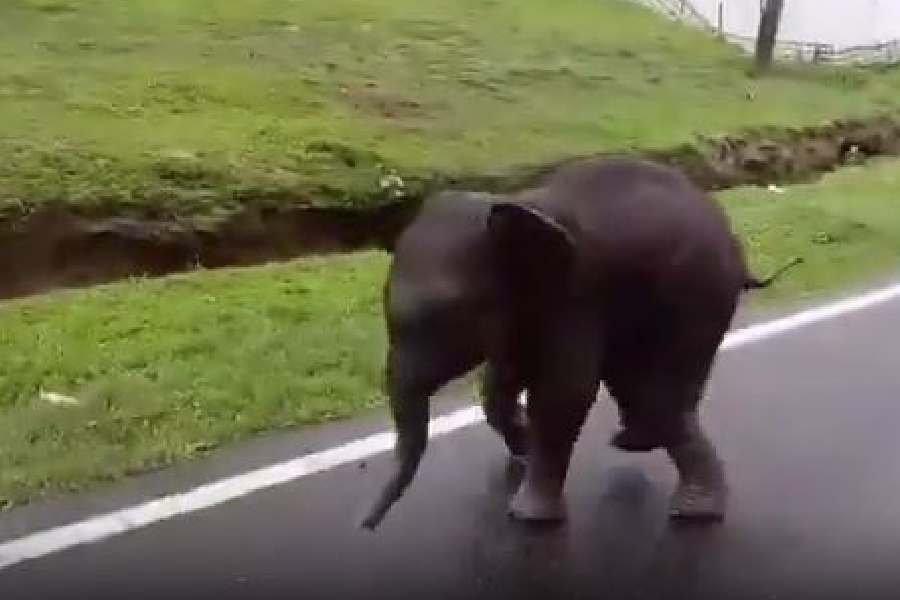 |
| MUGHAL MEETS MANET: A work by Shakti Burman |
Vasudhaiva kutumbakam. That is, the world is the family. This ancient Sanskrit saying — which could well be the slogan of the Internet age — is the pithy core of an expansive philosophic position. Not everyone can internalise this grand Weltanschauung. But artist Shakti Burman, a Bengali, a Hindu, and an Indian, living in France for many years now, has put down his roots in the cultures of the West and the East. He not only draws creative nutrients from both, but can even claim them as his own. Little wonder that his art celebrates a visual dialogue between different traditions: Greek, Judaic, Hindu, Christian and Islamic.
The artist’s recent solo exhibition of oils and drawings at the Birla Academy of Art and Culture unveiled an epic vision that telescopes Time and spans space with inspired naiveté to weave a rich tapestry. Myths and lore, art traditions and social situations are capriciously mined and mixed, and spiced with autobiographical inputs.
Not surprisingly, the narrative timbre here is that of the kathakar, or the troubadour, who presents an episodic romance. Earthy and irreverent, it makes the divine droll and the mundane magical with the sure touch of a mythopoeic imagination that is peopled with heroes and harlequins, deities and demons, centaurs and serpents.
And so Adam and Eve may be caught in the same work as, what seems to be, the holy family and a baby Krishna and even a 10-armed goddess who could be a Russian peasant woman out of Chagall. While Manet and Mughal miniatures meet before the Taj Mahal, Giorgione’s Venus has changed her position in sleep. Picasso too is invoked to preside over some of the drawings.
Of course, these excerpts are reinvented as tributes. Not in real earnest, but rather, in sport. In fact, there seems to grow a winking complicity between the artist and the viewer as the latter is swept into the spirit of the masque unfolding before him. Done with an artful scatter of tattered bits of matte colours, this trademark manner of the artist acknowledges yet another tradition: that of ageing, peeling frescoes.
What you may notice about Bibekananda Santra, who showed his works for the first time in Calcutta at Galerie 88, is that he does not wish to be under the shadow of established names. He may visit tradition — like the Khajuraho sculpture, for example — but he consciously strives to tune his own voice through experiments. Which is why the young artist likes to work in different media and genres, including metal and paper pulp sculpture and installation. The recent show, however, brought before viewers only his acrylic and mixed media paintings.
What’s typical of Santra is conjuring shadowy images with squiggly dots of varied greys — perhaps recalling digital/screen printing — that suggest depth, planes and rugged facets. These are set against a ground that is partitioned in tidy geometric zones with flat colours and little motifs. The technique is most effective in works like New Message and My Responsible Dream.











